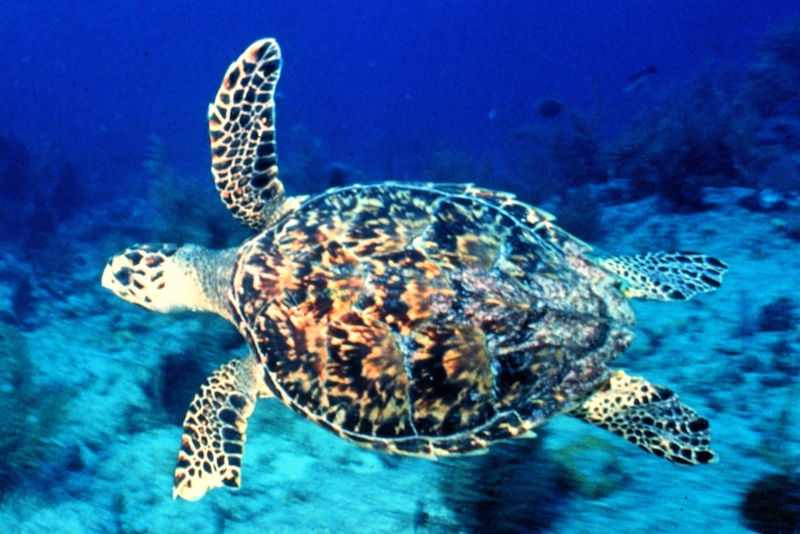- Home
- Blog
-
About
- Testimonials
- Homeschool Blogger Reviews
- How Our System Works
- Our Writing Rockstars
- Evaluation of High School Credit
-
Free Resources
- Top Teach
- End Blank Page Terror Ebook
- Don't Be an Idea Thief Ebook
- Courses
- Classroom
- Contact
-
My Account
- Sign In
- Become an Affiliate!
- Affiliate Sign In
- View Cart
Writing Rockstars Blog
We want to make homeschooling your kids easier for you.
Browse through our articles, written by our professional teachers, to get loads of tips and resources for a happy and productive homeschool.
We also share sample essays from our online writing program in our student showcase posts and occasionally share resources from our homeschool writing curriculum.
Happy reading!
Homeschool Student Showcase: An Expository Essay Rock Star
By Lily Iatridis May 16, 2014
|
Aster faced a big challenge in this essay project. She picked a very broad topic that she's passionate about, but then she had to give her readers an overview of it in only a few paragraphs. Please read below to see the end result!
Marine Science and its Importance to the World
|
Search Blog
rrr
Subscribe to Blog
Recent Posts
Wrap Up The Homeschool Year And Get Focused On Next Fall With Ease
How to Channel Kids Spring Fever and Finish the Homeschool Year Strong
Overcome Perfectionism and Improve Active Learning In Your Homeschool Day
Upgrade Quality of Kids' Learning Every Day With Effective Feedback
3 Important Study Skills Kids Need That You Can Teach Now
Share the Work. Make Life Easier. How to Teach Homeschooled Kids Organization Skills
4 Effective Teaching Strategies to Fight Off Homeschool Burnout
Are Your Kids Problem Solvers? It’s Easy With Critical Thinking Skills Practice
See More...
Categories
Burnout
Cabin fever
Critical Thinking Skills
Current Events
Election Day
Solar Eclipse
Curriculum
Effective Teaching Strategies
Electronic Devices
End of homeschool year
Family Activities
Finish the year strong
Freebie
Goal Setting
Grammar
Homeschool
Summer Planning
Homeschool Conventions
Homeschool Encouragement
Homeschool projects
Homeschool style
Homeschooling
Homeschooling Tips
How to Evaluate Kid's Work
How to evaluate writing
Kids
Learning Styles
Motivation
Online Learning
Online writing program
Organization Skills
Perfectionism
Printables
Reading
Spring
Student Work
Study Skills
Teaching
Current Events
Film Reviews
Winter
Writing
Back to School
Holiday
Mother's Day
Presidents Day
Thanksgiving
Homeschool
Improve writing skills
Kids
Persuasive
Prompt
Summer
Women's History Month
Wordplay

 It's time to showcase another one of our writing rock star students! This essay is by Aster, an 8th grader from Virginia. Aster and her brother recently finished our Essay Rock Star Expository Essay short course. (We'll be posting his essay soon.) An expository essay's purpose is to explain or inform. To learn more about our Expository Essay short course, please
It's time to showcase another one of our writing rock star students! This essay is by Aster, an 8th grader from Virginia. Aster and her brother recently finished our Essay Rock Star Expository Essay short course. (We'll be posting his essay soon.) An expository essay's purpose is to explain or inform. To learn more about our Expository Essay short course, please